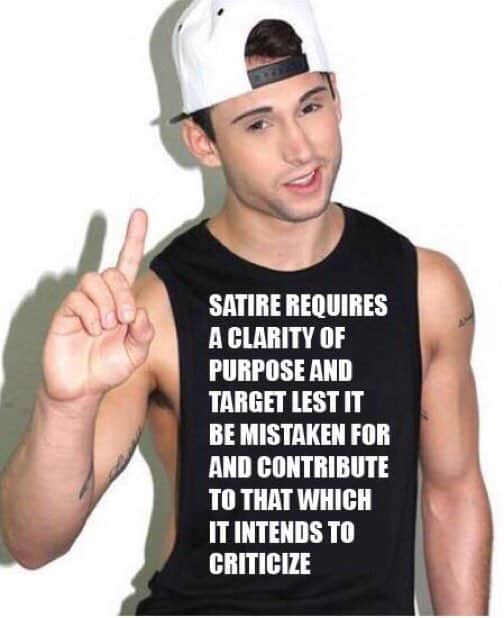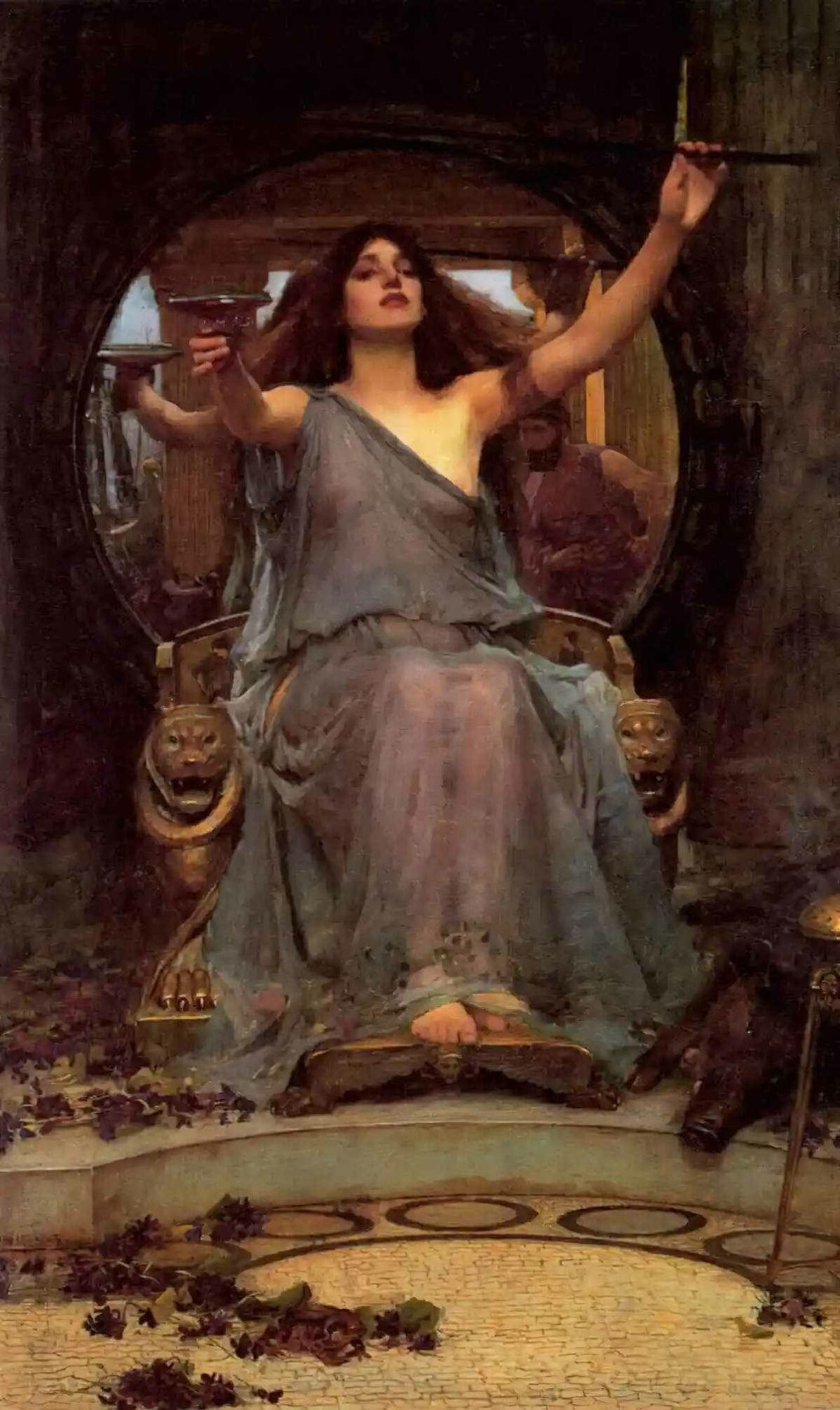-
What does liminal mean?

Liminal is all about the concepts of transition and shifting ambiguities, categorised by disorientation and a loss of belonging. Who knows, you might be in a liminal space right now.
-
Literary Impressionism: The Basics

Literary impressionism centres on the following questions: Who am I and What is it all about?
-
Writing Without Backstory: In statu nascendi

In statu nascendi is a Latin phrase and means “in a state of being born”. When a story begins in medias res (in the middle of things) and the character is given no backstory, we may say the character is presented to us in statu nascendi. Modernist writers started this trend. You’ll see it in
-
Vampire Terminology

A list of words and concepts related to vampires. First, what do we mean by ‘vampire’?
-
Zombie Terminology

Why all the zombies in stories? Zombies have unlimited potential as metaphor. Historically, storytellers have used zombies to explore tensions between conservative and progressive values. The zombies themselves represent widespread cultural anxieties of their era. Some storytellers use zombie stories to reinforce the status quo while progressive storytellers use zombies to critique it. Watching the
-
What is narrated monologue?

There are many, many words and phrases used by different commentators to catalogue the many ways of narrating fiction. The terms overlap. Some have called the writing style of modernists such as Mansfield, Lawrence and Woolf ‘narrated monologue’. What is that, exactly? And what does it look like on the page? Narrated monologue presents the
-
How to identify an inciting incident?

The term ‘inciting incident’ is one of those writing words which means different things to different people. Some writers don’t think in terms of inciting incident. To others it is key to a good story beginning. Some authors have easily identifiable inciting incidents, and one big event to set off a chain of events seems
-
The Three Types of Symbolism

Ah, symbolism. A key to understanding texts. Also immensely irritating, and an excellent way to alienate keen readers from the close reading of texts.
-
The Thrill of the Chase in Storytelling

In the spoof Thriller Concept Generator below, cartoonist Tom Gauld captures the centrality of the chase sequence in the thriller genre.
-
Satire, Parody, Pastiche and Farce

What’s the difference between satire, parody and farce? What about the difference between satire and irony? I frequently conflate these terms, so I looked up some definitions and examples. SATIRE Satire that lacks a clarity of target/intent is just support, whether that’s intended or not. – Real satire punches up. – The US dealt with
-
Talking About Story Pacing

Narratologists have come up with a variety of ways of talking about the pacing of a story.
-
The Symbolic Paradox In Storytelling

By ‘symbolic paradox’ I mean the symbolic equivalent of a contranym. A contranym is a word with two directly opposite meanings. For example, ‘cleave’ means to separate or cut with a tool, but also means to be in close contact with. To separate and to join, at once.
-
The Electric Grandmother and Resonant Imagery
The Electric Grandmother is basically a Twilight Zone episode for kids. The teleplay (and a short story adaptation of “I Sing The Body Electric”) was written by Ray Bradbury, and was later remade by the Disney Channel as a full-length Made for TV movie called “The Electric Grandmother”. TV Tropes The Twilight Zone for a contemporary
-
A Dictionary of Witch Words

The definition of witch changes over time. The word witch dates from around 800 AD. It originally referred to men who practise witchcraft but 200 years later referred to female magicians and sorceresses. Later it meant women who were meant to cooperate with the devil or other evil spirits.
-
Parts of Prose

There are various ways of thinking about prose. Paragraphs, sentences, words, letters, morphemes. Useful in linguistics; not especially helpful when editing fiction. Acts, scenes, beats. Useful for screenwriters, maybe. (Not everyone thinks in terms of acts, ie. three act structure. Every screenwriting guru carves universal structure differently, usually between 5 and 8 compulsory steps.) What